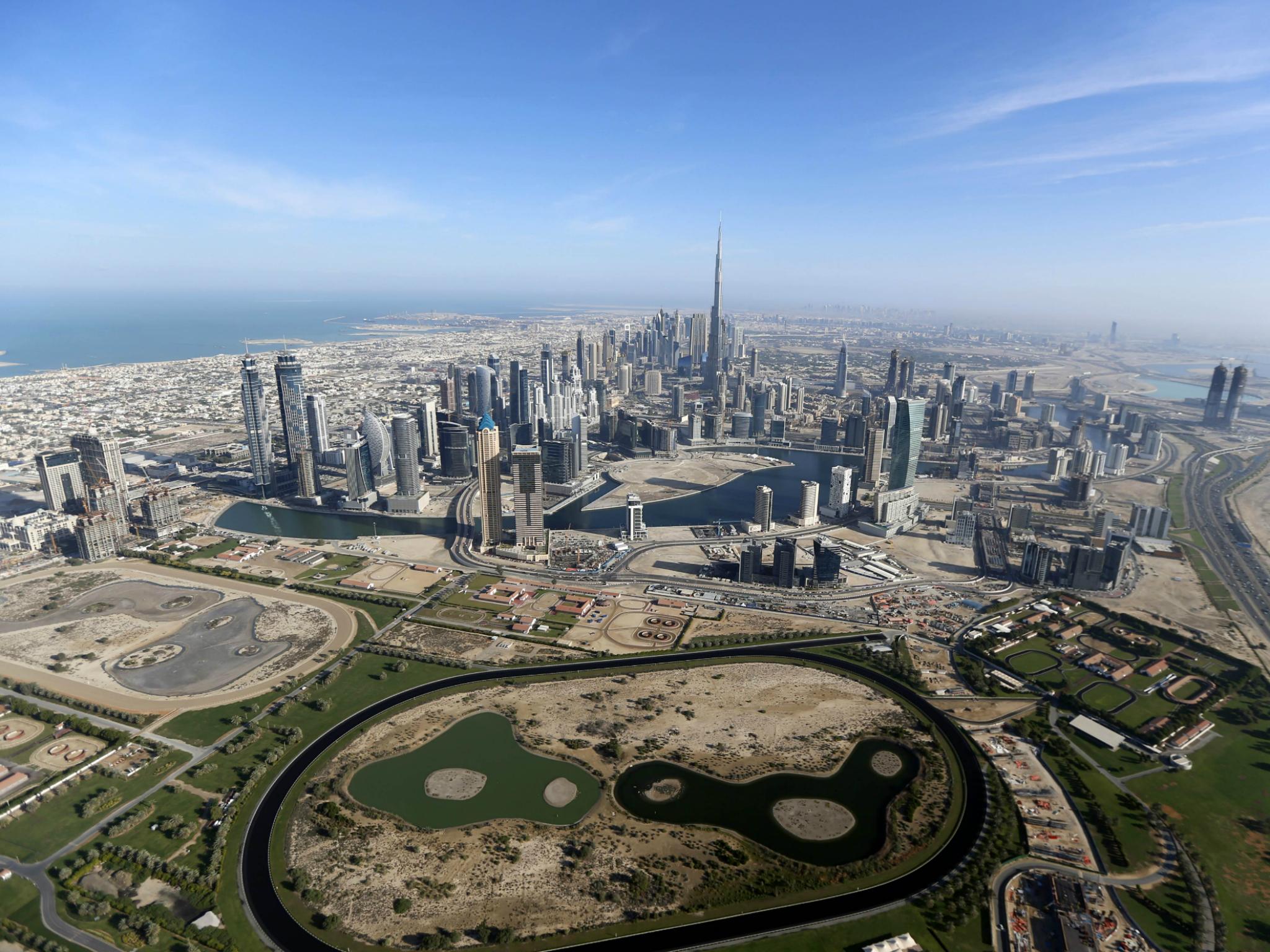World’s first 3D-printed skyscraper to be built in UAE
'Through our technologies, we will be able to build architecturally complex buildings at never-before seen speeds'

Your support helps us to tell the story
From reproductive rights to climate change to Big Tech, The Independent is on the ground when the story is developing. Whether it's investigating the financials of Elon Musk's pro-Trump PAC or producing our latest documentary, 'The A Word', which shines a light on the American women fighting for reproductive rights, we know how important it is to parse out the facts from the messaging.
At such a critical moment in US history, we need reporters on the ground. Your donation allows us to keep sending journalists to speak to both sides of the story.
The Independent is trusted by Americans across the entire political spectrum. And unlike many other quality news outlets, we choose not to lock Americans out of our reporting and analysis with paywalls. We believe quality journalism should be available to everyone, paid for by those who can afford it.
Your support makes all the difference.A construction firm based in Dubai has announced plans to build the world’s first 3D-printed skyscraper.
The company, called Cazza, has confirmed that it will be erected in the United Arab Emirates.
It says it will use a new technique called “crane printing” to create the building.
“When we first thought of implementing 3D printing technologies, we were mostly thinking of houses and low-rise buildings,” Cazza CEO Chris Kelsey told Construction Week Online.
“Developers kept asking us if it was possible to build a 3D printed skyscraper. This led us to begin researching how we could adapt the technologies for taller structures.”
Buildings have been 3D-printed before, with the key benefits being low costs and speedy completion.
“Through our technologies, we will be able to build architecturally complex buildings at never-before seen speeds,” added Mr Kelsey. “It is all about economies of scale where the initial high technology costs will reduce as we enter the mass-production phase.”
Cazza is yet to disclose the building’s planned height or any commencement or completion dates, but the Encyclopedia Britannica describes a skyscraper as a building “of unusual height, generally greater than 40 or 50 stories”.
Concrete and steel will be two of the materials printed by the company’s cranes.
“The crane printing system can be easily adopted with existing cranes which means we don’t have to build cranes from scratch,” said Fernando De Los Rios, Cazza’s chief operating officer.
“We are adding new features to make it adaptable to high wind speeds along with the use of our layer smoothing system that creates completely flat surfaces. You won’t know it’s 3D printed.”
Plans for the world’s first rotating skyscraper, meanwhile, were detailed in February.
Set to be built in Dubai by 2020, it will stand at 1,375 feet tall, with each of its 80 storeys capable of rotating individually around a concrete core.
Join our commenting forum
Join thought-provoking conversations, follow other Independent readers and see their replies
Comments